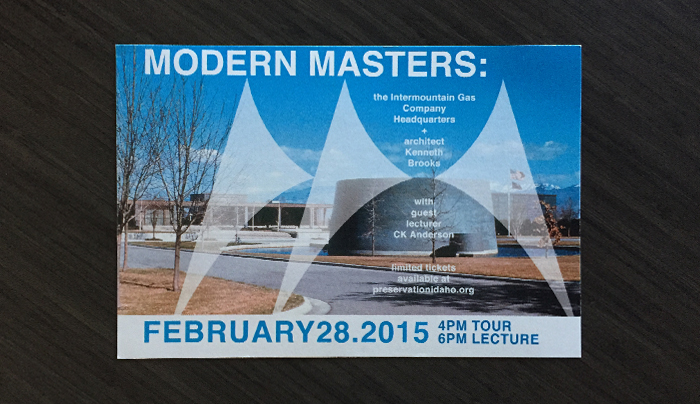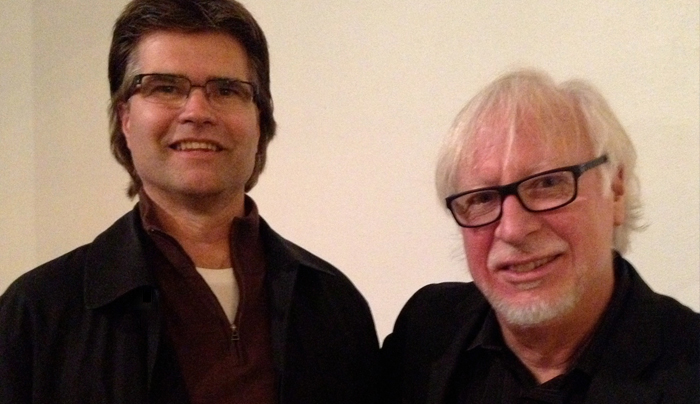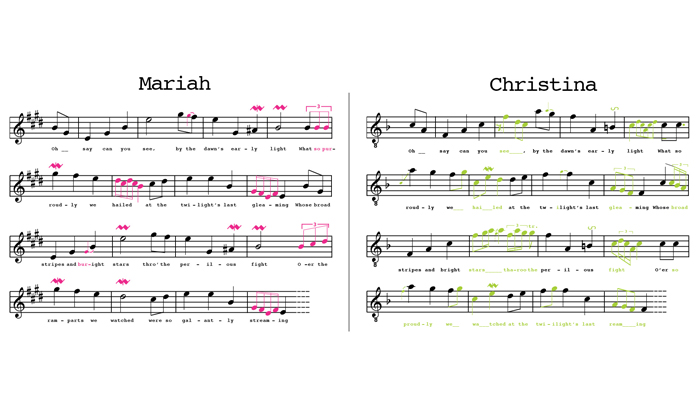So. Valentine’s Day is coming up. If we’re to believe conventional wisdom—which, let’s be honest, is a pretty safe bet on this particular subject—men are, at best, apathetic about the holiday. (They’re probably too busy applying beard oil.)
Fear not, ladies: Charles Sackville’s groundbreaking 1713 book, The New Academy of Compliments: Erected for Ladies, Gentlewomen, Courtiers, Citizens, Countrymen, and All Persons of what Degree Soever, of Both Sexes : Stored with Variety of Courtly and Civil Complements, Eloquent Letters of Love and Friendship : with an Exact Collection of the Newest and Choicest Songs a la Mode Both Amorous and Jovial*, offers up some advice on how to get your man in the mood.
For instance, in the chapter entitled “Complemental Expressions towards Men Leading to the Art of Courtship,” Sackville suggests the following come-hither talk:
“Sir, Be confident of my Affection, while I have room to lodge You in my Bosom.”
“Sir, my appetite is sick, for want of a Capacity to digest your Favors.”
“Sir, I shall study to Chronicle Your Vertues.”
If none of these work, you can find more here. And if you still come up short, well…I’m afraid it wasn’t meant to be.
*Yes, that’s the title. All of it.
posted by: Aaron Bragg | category: random thoughts | make a comment




